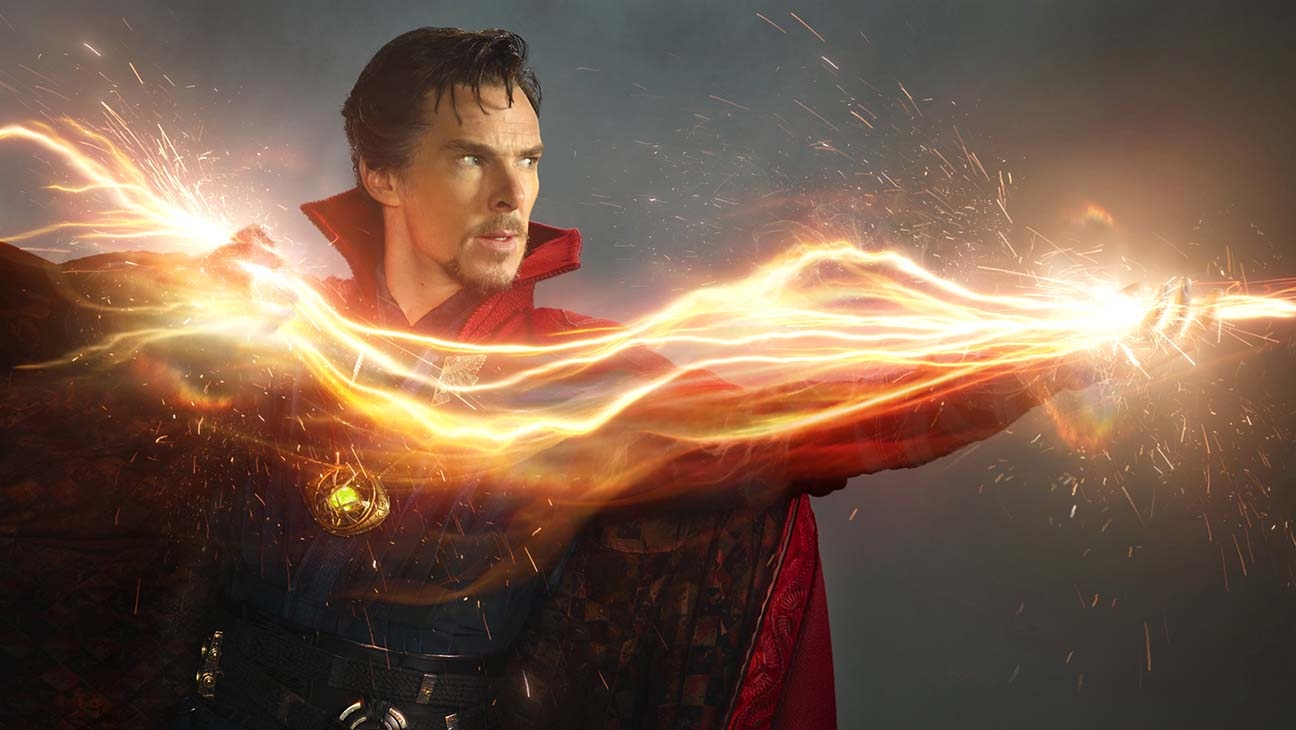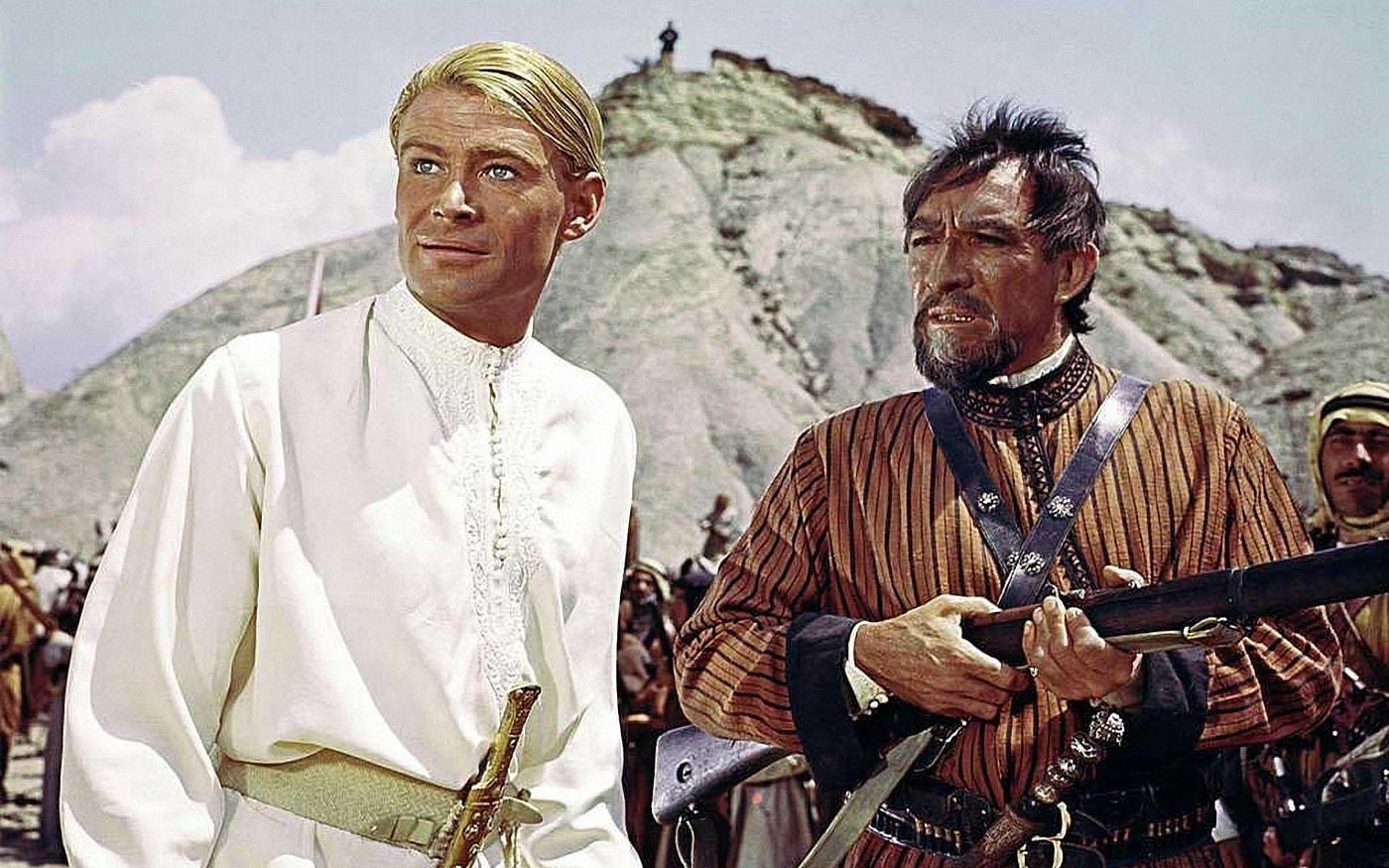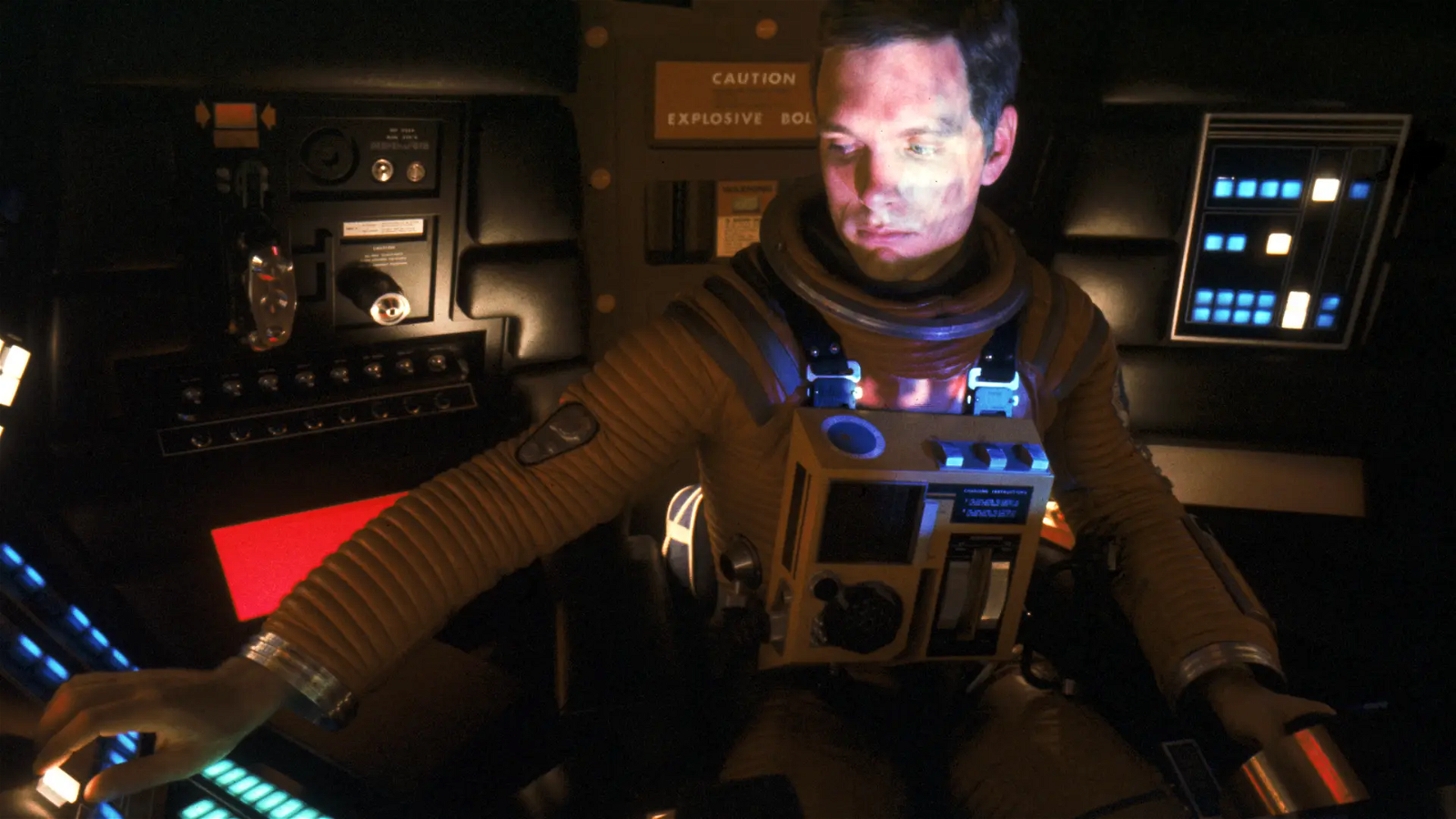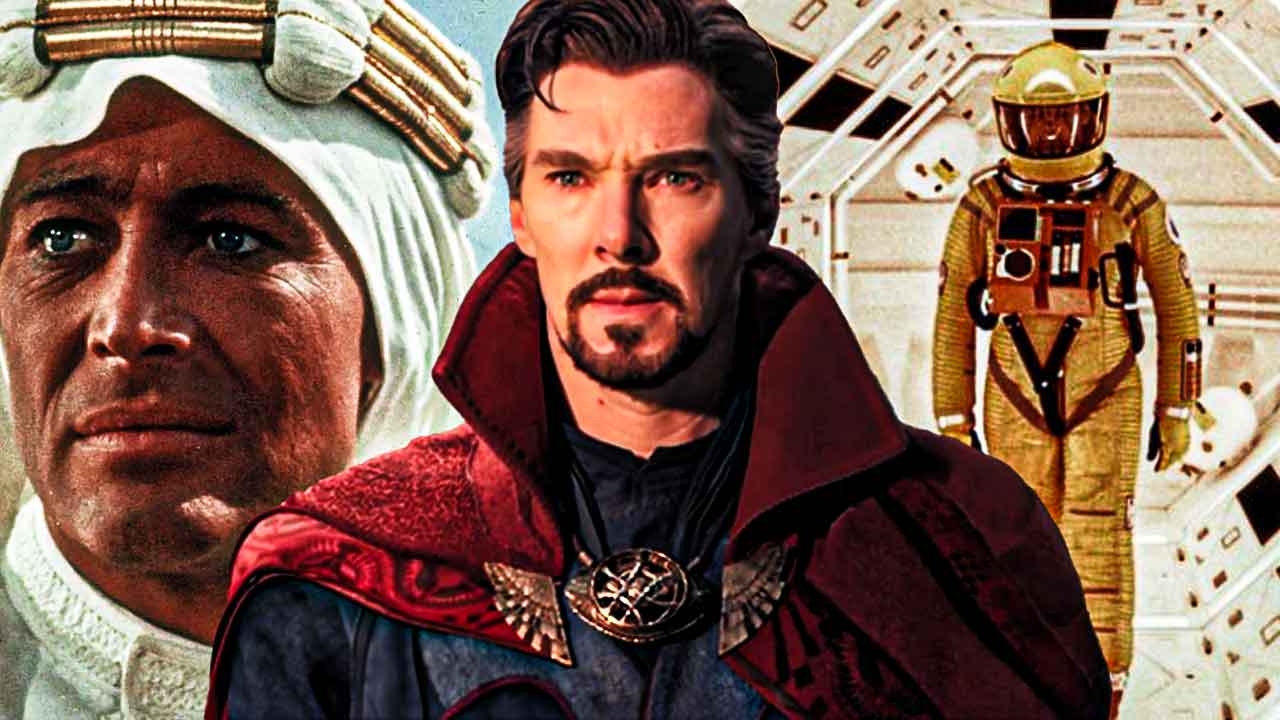Benedict Cumberbatch’s Doctor Strange Shares One Unlikely Thing with 1962’s Lawrence of Arabia and 1968’s 2001: A Space Odyssey
Benedict Cumberbatch’s Doctor Strange is a visual feast. A marvelous blend of inventive camera work, CGI, and practical effects, the film leaves audiences mesmerized. The film was an immense success in which the cinematography played an important role.

Still, not many would know that the film has one particularly unexpected thing in common with two other films which were cinematographic masterpieces in their own right. This surprising fact was revealed by Doctor Strange director Scott Derrickson on social media. Cinema aficionados were thrilled to know this piece of cinema history.
What Does Benedict Cumberbatch’s Doctor Strange Have in Common With Two ’60s Movies?

Aided by the advanced developments in technology, the filmmaking landscape is evolving beyond imagination. Cinema has become the biggest point of intersection between cutting-edge technology and phenomenal artistry. It’s the place where many unexpected connections emerge.
Read More: Doctor Strange Writer Speaks Out About Scott Derrickson Leaving the Sequel
One such unexpected connection has emerged between Benedict Cumberbatch‘s Doctor Strange and two films, namely- Lawrence of Arabia and 2001: A Space Odyssey. All three films heavily rely on their visuals and cinematography as they implicitly act as a narrative tool.
The unparalleled grandeur of the Arabian peninsula in David Lean’s Lawrence of Arabia and the breathtaking visuals of Stanley Kubrick’s 2001: A Space Odyssey are all shot on the same lens that Doctor Strange, featuring the stunning valleys of Kathmandu, Nepal, were shot on. Derrickson revealed this in a recent tweet, in which he also shared the image of the lens.
2015. Me holding a @Panavision Super Wide Angle lens we used on Doctor Strange. It had previously been used on both Lawrence of Arabia and 2001: A Space Odyssey. pic.twitter.com/EX1ofD3RFh
— N O S ⋊ Ɔ I ᴚ ᴚ Ǝ ᗡ ⊥ ⊥ O Ɔ S (@scottderrickson) April 27, 2024
It is interesting how Derrickson used a lens that has already been used for the filming of two iconic films, that too from such a long time ago.
What Does The Use of Panavision Super Wide Angle Lens Mean?

The Super Wide Angle Lens is renowned for its ability to capture extensively wide landscapes, bringing a distinctive sense of depth to the cinematography. This is what runs common in three of the aforementioned films. The lens evokes a refreshing sense of surrealism, which emphasizes some elements of storytelling.
Read More: 2001: A Space Odyssey – Reasons Fans Find This Movie Too Confusing
The lens’s wide field of view allows to capture more of the scene in a single frame, enhancing the visual storytelling experience for the viewers. The lens’s distortion characteristics are also immensely useful for effective cinematography.
Among filmmakers, the lens holds great significance as it has a rich history of being used in several iconic films. It evokes emotions and creates an atmosphere on the screen that is quite unparalleled. Hence, the lens is rightfully treasured. There, it being used in Doctor Strange and Lawrence of Arabia is a testament to its legacy in the filmmaking spaces.
Doctor Strange and 2001: A Space Odyssey are available for streaming on Disney+ and Max respectively. Lawrence of Arabia is available for buying on Apple TV.





